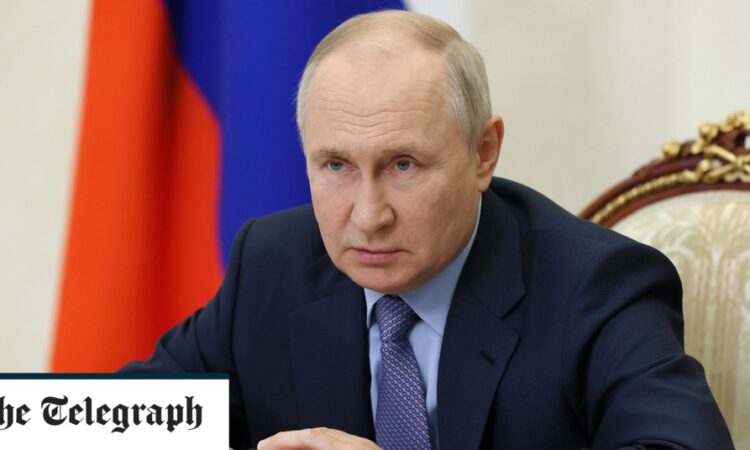
Saudi Arabia and Russia, the world’s second and third largest oil exporters, have extended voluntary restrictions on their production.
The G7 and Australia late last year agreed a $60 a barrel price cap on Russian crude oil exported by sea, while wider petroleum products were also included from February.
The EU, the UK and the US were also among areas that stopped all such imports, prompting Russia to export more to countries like China and India.
The Kyiv School of Economics believes that higher crude prices and Russia managing to avoid the price cap will push up revenues by at least $15bn in 2023.
The EBRD predicts that the economy will grow by a further 1pc next year, although it admitted there was still a great degree of uncertainty.
“The outlook for 2024 will depend heavily on how the war on Ukraine and the related economic sanctions evolve; at this stage growth of 1.0pc is projected,” the bank said.
Other economies in Central Asia and the Caucasus, which includes countries like Armenia, Azerbaijan and Georgia, would also receive a boost from Russia, it predicted.
The bank said this was due to “intermediated trade” with Moscow and high levels of “migration to and subsequent remittances from Russia,” suggesting that people from these countries are still immigrating to Russia despite the war.






